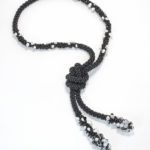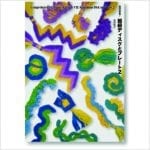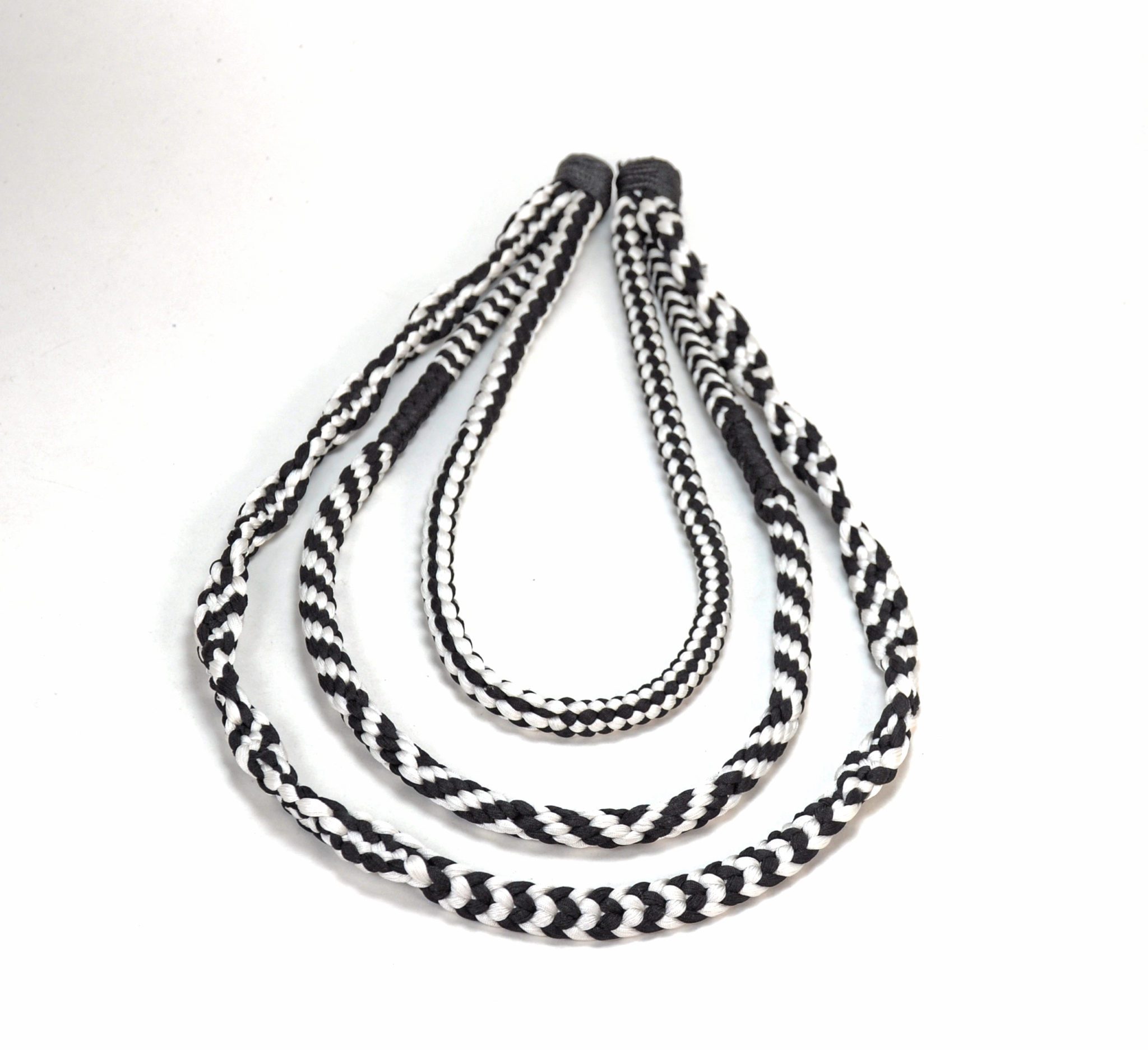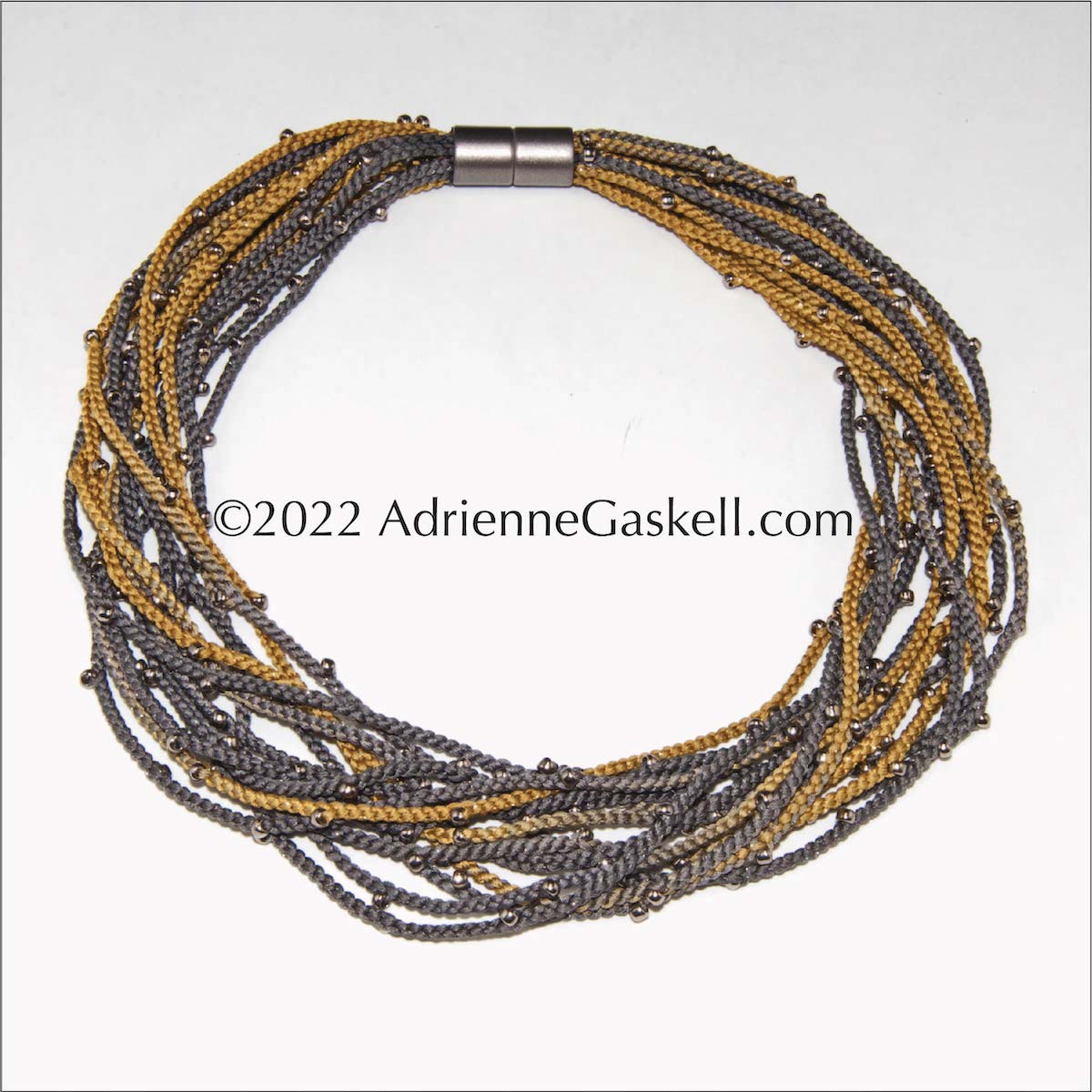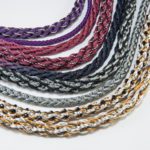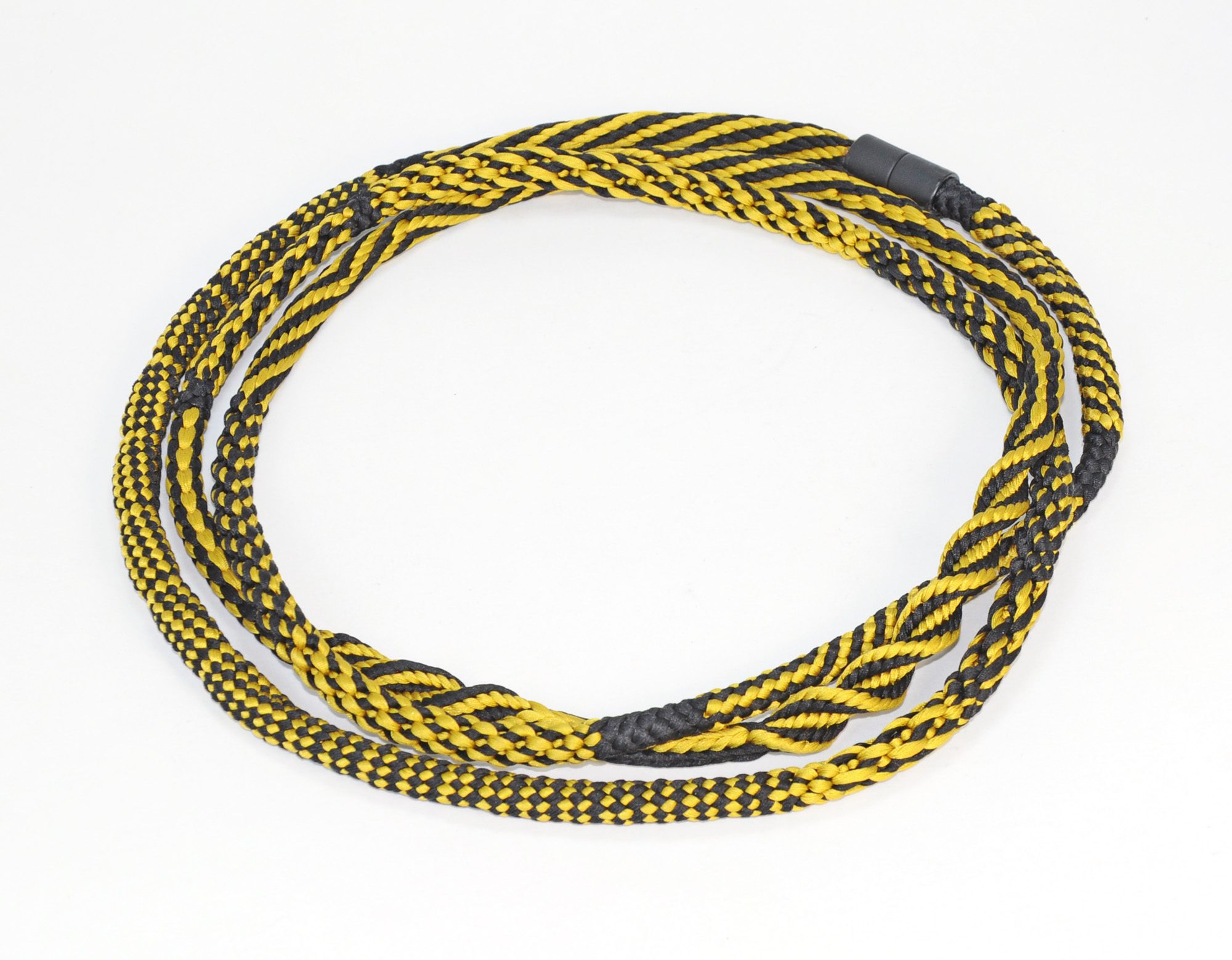Author: Adrienne Gaskell
Japan Adventure Tour 2024
The Japan Adventure Tour 2024 is sold out, we are accepting wait list applications.
The Charms of Hiroshima
Japan hosted the G7 Summit in May of 2023. It was the seventh Summit held in Japan. It had significant implications that the leaders of the G7 gathered for discussions in Hiroshima, a city which has recovered from the catastrophic damage by an atomic bomb on August 6, 1945 and which continues to seek lasting world peace. Hiroshima is globally recognized not only as a city of peace, but, there is much more to see and do in Hiroshima. It is a popular tourist destination partly due to its beautiful scenery of mountains, rivers, and the sea. Foreigners often expect that Hiroshima will be a completely modern city since much of it was destroyed by the bomb. However, the city has done a lot to preserve and restore its rich heritage. Hiroshima Castle was built at the end of the 16th century. When the atomic bomb was dropped, the majority of Hiroshima Castle, which was within a one kilometer radius of the blast center, was reduced to ash. The wooden tower did not catch fire, but seems to have collapsed all at once from the bomb blast and other factors. The exterior of the tower was reconstructed in 1958 as the Hiroshima Castle Folk Museum. The reconstruction of the tower was a symbol of the reconstruction of the city itself. The castle was completely restored to its former appearance by 1994. Another ancient place in Hiroshima is the Shukkeien Garden. The garden has survived for 400 years despite damage from fires and the atomic bomb. Despite being in the middle of the city, you can experience a quietness that feels like you are in a different world. Miyajima, means “shrine island” in Japanese, is an absolute must-visit destination. Revered as the Island of The Gods, it owes its fame to the magnificent Itsukushima Shrine. The iconic Great Torii, a majestic free-standing gate rising from the sea, is the shrine’s crowning glory and ranks among Japan’s top three scenic views. Just a short journey from Hiroshima’s city center, this charming island promises an unforgettable experience. It is less than an hour by ferry which offers the best views of the island. If you are interested in learning more about the ‘Charms of Hiroshima’ click the link below to read more. The Charms of Hiroshima
Virtual Master Class – Tux Lux Lariat
Dates: Thursday June 1st, Thursday June 8th & Thursday June 15th Times: Zoom 7pm to 9pm EDT Class Fee: $400 Kit Fee: $185, covers postage Class is limited to 10 students – email Adrienne to secure your place in class prior to mailing check. Please mail check to: Adrienne Gaskell, 621 34th Ave N, St. Petersburg, FL 33704. For PayPal and credit card payments a $20 service fee will be added. Class Description: Students will make a beaded braid lariat that starts and ends with fobs. That’s right, no clasp. My lariat is 44 inches long, however, the kit has enough supplies for you to make yours as long as you want (within reason, ha ha). During class we will have fun discovering multiple ways to tie your lariat. This is a basic 8-strand Kongoh drop bead braid, however, you will learn how to use supplemental warps to securely braid in pearls on beading wire. Class instructions include different bead layout templates along with a necklace planning guide so students can design their lariat based on their desired length and/or choice of knotted closure. I expect most students to finish the project in class. 1st Session: First you will learn how to make Mo Perry’s core stand ‘hack’. Once the core stand is set up, students will string the beads for the first fob. Then Adrienne will demo her new technique for braiding with additional cords. Students work on their first fob and get one on one help as needed to ensure everyone can work on their own after class. Before the second session students will start their second fob. 2nd Session: Students will learn how to customize the length of their lariat. Next will be learning how to design the different sections of the lariat. Adrienne will work with students individually and as a group. Student will leave with the skills to finish the braiding over the next week. 3rd Session: Students will share their experiences over the last two weeks. Adrienne and students who previously took the in-person will share insights to help work through challenges and learn processes for success. Adrienne will demo how to finish the lariat. Students who have completed their braids will be able to finish the lariat during class. Skill Level: Intermediate marudai class Prerequisite: Experience braiding and setting up an 8-strand beaded braid on the marudai. Everything you need to know to take this class is covered in the video ‘Beaded Braids on the Marudai‘. Kit contents: Includes CLon braiding cord, beading wire, core material, Toho seed beads, several different sizes and shapes of Czech glass beads, Unicorne Beads custom striped mini teardrops, genuine keshi pearls, and faceted crystals to add a little bit of bling. Student supplies: Scissors, bead mat, 2 weighted plastic bobbins, blue tape, hemostat, spring stoppers, Fray Check, crimping pliers (helpful but not required), Cord Zapper, super glue, beading needle & black beading thread, and measuring tape. A piece of cording, about 4 ft in length and the diameter of a pencil is needed to determine your preferred lariat length. Optional supplies: Task light, and magnifiers. Equipment: Marudai, 8 weighted tama, 30% counter weight, chopstick, and something to suspend the core above the marudai (either a core stand or a tripod). To make Mo Perry’s brilliant and inexpensive, light weight core stand, you will need: A camera tripod (lightweight is best for travel), 2 velcro cable tie wraps (8 in. each), 16 1/2 inch piece of 1/2 inch PVC pipe, and 2 end caps to fit on the end of the 1/2 inch PVC pipe.
Frilling Both Sides
This lesson offers usual tips for using Makiko Tada's book: Disk and Plate 2. Adrienne will explain how to read the patterns for the braids that have 'Frilling on Both Sides' as well as how to adapt this technique to the other braid patterns.
Intro to Kumihimo Fiber Braids
In this class students will learn the basic movements used to create kumihimo braids. Most people are surprised when they learn that there are just a few finite number of movements (interlacements) used in kumihimo. With each of the movements students will be introduced to new braid structures. Students will create a sampler braid. Instruction will include how to read braid structure diagrams created by different authors so that students will be able to easily learn other structures from kumihimo books. Instructor will demonstrate how to use both the disk and the marudai. Instructor will have some marudai equipment available for students to try out during class. Skill level: All levels, no kumihimo experience necessary! Student kit: $15 Kit contents: Braiding fibers. Detailed, illustrated Instructions with diagrams for eight different braid structures including round, square, and flat braids. Equipment: Students can use the equipment of their choice, either a round disk or a marudai. Round foam disk 6 in., 32 slot, 8 plastic bobbins. (Instructor will have disk and bobbins available for purchase in class.) Marudai, 8 weighted tama, 50% counter weight, and chopstick. Supply for students to bring to class: Tape measure, and scissors
Multi-strand Necklace
Create a unique multi-braid necklace while learning how to work with Japanese kumihimo silk. Students will learn how to work beads into the braid structure while braiding a four-stand braid (Maru-yotsu). This is a great braid to master proper braid tension and will prepare students for more advanced braid structures. No kumihimo experience necessary! Student kit: $65 Kit contents: Japanese space-dyed kumihimo silk (3 color choices), Toho seed beads (silver), big-eye needle and glue-in magnetic clasp. Instructor will provide necessary finishing supplies for students to share during class. Equipment: Students can use the equipment of their choice, either a round disk or a marudai. Round foam disk 6 in., 32 slot, 8 plastic bobbins (Instructor will have disk and bobbins available for purchase in class.) Marudai, 8 weighted tama, 50% counter weight, and chopstick. Student supplies to bring to class: Tape measure, scissors, task light* and magnifiers* *optional but recommended
Exploring the Oimatsu Braid
An in-depth study of the infinite design possibilities of the Oimatsu braid on the marudai. Students will learn basic through advanced techniques that cover the intersecting relationships of the Edo Yatsu, Oimatsu, Ishidatami, Kagome Gumi and Oimatsu Embellished with Pearls. Student will direct their course of study based on their level of experience. The class will explore color arrangements using their choice of materials. The instructor will demonstrate how the open stitches of these braids allows its use in fiber applications outside of jewelry making such as straps for bags and purses, edging or binding, basketry and artistic expression. Skill level: Students should have Kit from $45 – $65 Kit contents: Students will choose from a selection of Japanese kumihimo silk, metallic fibers, leather and other braiding materials. Student supplies to bring to class: Tape measure, and scissors Student equipment to bring to class: Marudai*, 8 weighted tama, 50% counter weight, and chopstick. *Marudai equipment will available for loan from the instructor with advance notice.
Metamorphosis by Design
In this class, students will create a multi-braid textural necklace that integrates several structures within the same braid. Students will learn the rules along with techniques to flow from one design to another using similar and dissimilar braid structures. Students will also learn how to alternate a braid color layout. With these skills, students will gain new insight and make a braid that can be turned into a lovely piece of jewelry. Skill Level: Intermediate to Advanced Prerequisites: Student should be proficient braiding and setting fiber braids on a marudai and braiding up to 16 tama braids. Kit Cost: $40 Kit contains: Japanese precut silk, available in several colors, and glue-in magnetic clasp. Student supplies to bring to class: Short ruler (6 to 8 in.) and measuring tape, marudai, 16 weighted tama with leaders, 40% counter weight and two chopsticks or double pointed knitting needles.



